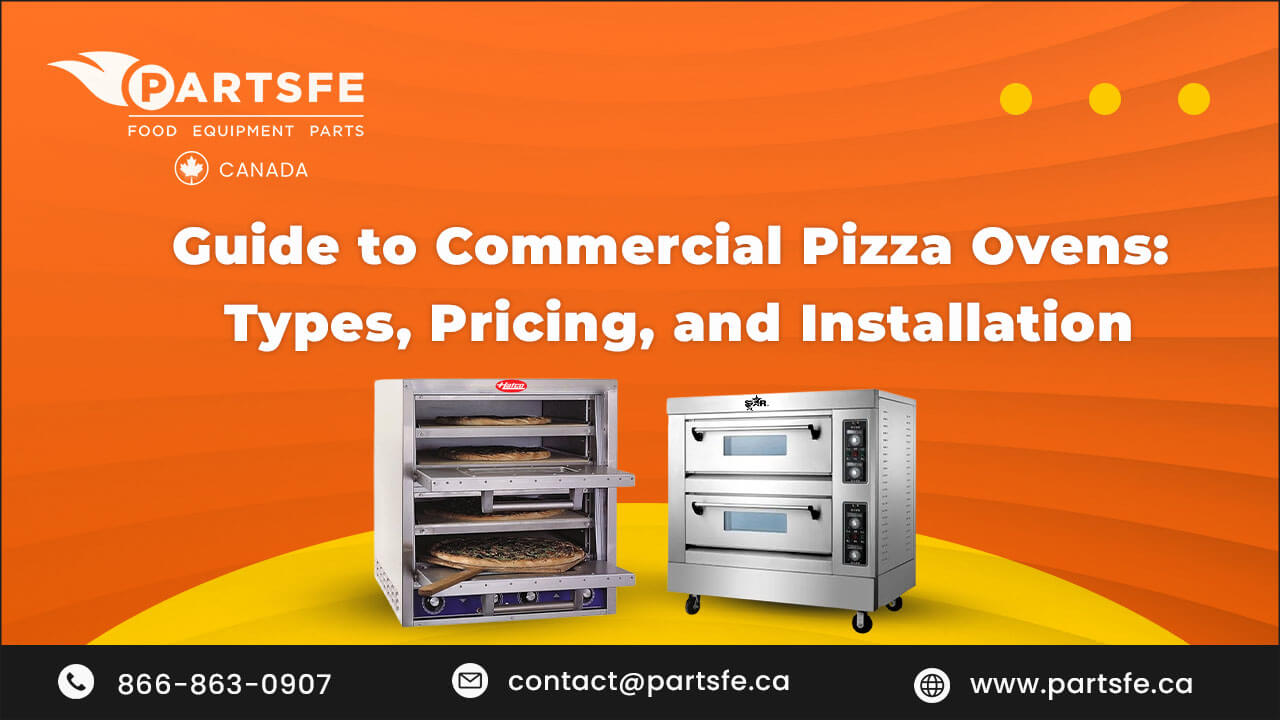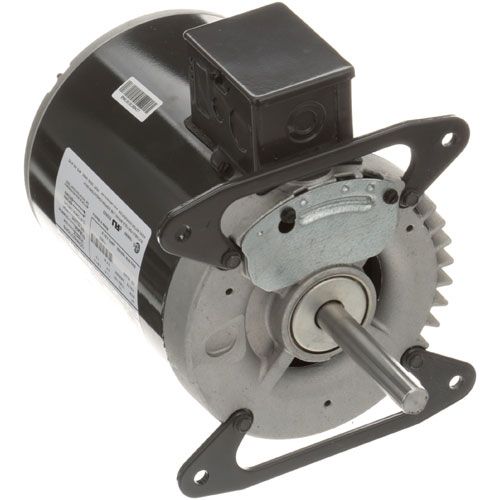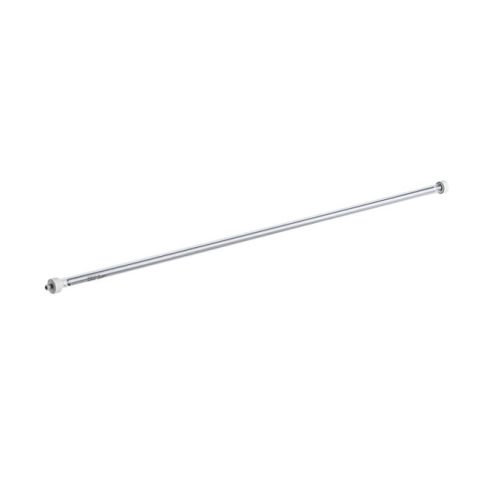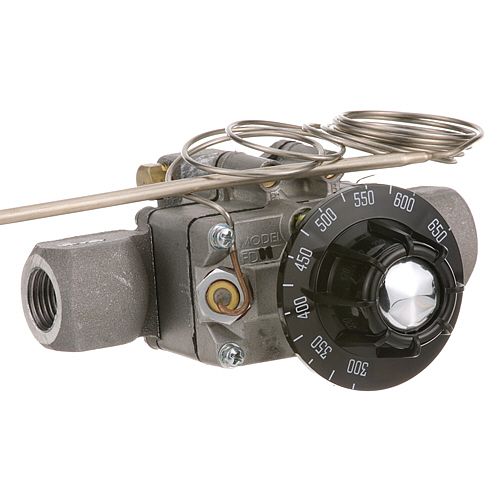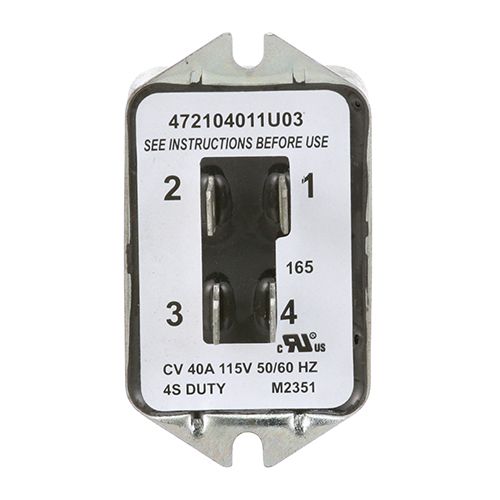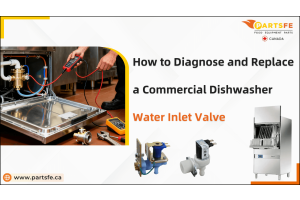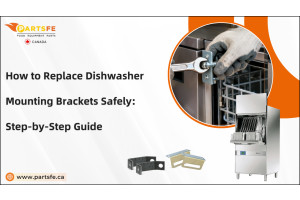Guide to Commercial Pizza Ovens: Types, Pricing, and Installation
Commercial pizza ovens are essential equipment for businesses in the food service industry, particularly pizzerias, restaurants, and cafes specializing in pizza offerings. These ovens come in various types, each with unique features and capabilities to meet different production needs and space requirements. In this comprehensive guide, we will explore the different types of commercial pizza ovens available, discuss pricing considerations, and provide insights into the installation process. Whether you are looking to upgrade your current pizza oven or start a new pizza business, understanding the options and considerations involved in selecting a commercial pizza oven is crucial for your success.
Understanding Commercial Pizza Ovens
Commercial pizza ovens are designed to handle high-volume cooking while delivering consistent results. Unlike residential ovens, they are optimized for speed, temperature control, and durability in fast-paced kitchen environments. Knowing the essentials can help you choose the best fit for your business.
Function and Performance
Commercial pizza ovens are engineered to maintain high cooking temperatures—often reaching over 800°F. This allows for rapid baking, with pizzas often cooking in under two minutes. The performance depends on the type of heat source (gas, electric, wood) and oven design.
Key Specifications
Important factors include deck size, energy source, heating mechanism (convection, conduction, radiant), and temperature range. Ventilation requirements and insulation also affect performance and compliance with building codes.
Typical Use Cases
Different oven types cater to specific foodservice needs. A Neapolitan-style pizzeria may require a wood-fired oven, while a high-volume delivery chain might opt for conveyor ovens for speed and automation.
How a pizza oven works?
A pizza oven operates on the principle of intense heat transfer to cook pizzas quickly and efficiently. The oven works by utilizing a combination of radiant heat from the oven walls and ceiling, convective heat from circulating hot air, and conductive heat from the oven floor to cook the pizza evenly. Modern electric or gas pizza ovens use specific heating elements, or burners, to achieve this effect. When a pizza is placed in the preheated oven, the radiant heat from the oven's walls and ceiling rapidly heats the outer layer of the pizza, creating a crispy crust. The circulating hot air inside the oven helps to cook the toppings evenly by transferring heat to the entire pizza surface.
Key characteristics of a pizza oven
-
High temperatures: Pizza ovens typically operate at very high temperatures, ranging from 700°F to 900°F (371°C to 482°C).
-
Quick cooking time: Due to the intense heat, pizzas cook very quickly, often in just a few minutes.
-
Even baking: The combination of radiant, convective, and conductive heat sources ensures the pizza cooks evenly, with a perfectly crispy crust and well-cooked toppings.
Common types of commercial pizza ovens
Brick pizza oven
-
Traditional and iconic, brick pizza ovens are favored for their ability to produce authentic, wood-fired pizzas with a distinct flavor. These ovens are typically made of refractory bricks and rely on radiant heat for cooking.
Conveyor pizza oven
-
These are ideal for high-volume restaurants, with a conveyor belt moving pizzas through the cooking chamber. This style provides for constant cooking times and is used in busy pizzerias.
Deck pizza oven
-
Deck pizza ovens contain one or more flat cooking surfaces (decks) constructed of stone, ceramic, or brick. They provide uniform heat distribution and are ideal for baking numerous pizzas at once.
Convection pizza oven
-
Convection pizza ovens employ fans to circulate hot air, resulting in even cooking and speedier baking. These ovens are efficient and popular in industrial kitchens that require regular output.
Countertop commercial pizza oven
-
Compact and space-saving, countertop commercial pizza ovens are designed to sit on a counter or kitchen surface. They are versatile and great for small to medium-sized establishments.
For high-quality restaurant pizza oven parts, look no further than PartsFe.Ca! We are your go-to destination for all your pizza oven needs.
Price range for commercial pizza ovens
|
Type of pizza oven |
Price range (USD) |
|
Brick pizza oven |
$2,000 to $10,000+ |
|
Conveyor pizza oven |
$5,000 to $20,000+ |
|
Deck pizza oven |
$1,000 to $10,000+ |
|
Convection pizza oven |
$1,000 to $5,000+ |
|
Countertop commercial pizza oven |
$500 to $3,000+ |
Cost considerations for installing a pizza oven
|
Cost factor |
Price range (USD) |
Description |
|
Electrical and gas connections |
$500 to $1,500+ |
Hiring a professional electrician or plumber for electrical and gas connections. Costs vary based on installation complexity and local labor rates. |
|
Ventilation system |
$1,500 to $5,000+ |
Installing a proper ventilation system, including hood and exhaust. Costs depend on the system's size, complexity, and necessary space modifications. |
|
Professional installation |
$500 to $2,000+ |
Professional installation of the pizza oven by experienced technicians. Costs vary based on oven type, size, installation complexity, and any additional customization. |
Guide to installing a commercial pizza oven
-
Location and space requirements: Choose a suitable location for the pizza oven that complies with local building codes and safety regulations. Ensure that the area has proper ventilation and access to electrical and gas connections.
-
Prepare the space: Clear the installation area and ensure it is level and sturdy enough to support the weight of the pizza oven. Make any necessary adjustments to accommodate the size and specifications of the oven.
-
Electrical and gas connections: Hire a licensed electrician and plumber to install the necessary electrical wiring and gas connections for the pizza oven. Ensure that the connections meet the appliance's requirements and comply with safety standards.
-
Ventilation system installation: Install a ventilation system, such as a hood and exhaust system, to remove heat, smoke, and odors generated by the pizza oven. Follow local regulations for proper ventilation installation.
-
Positioning the pizza oven: Carefully place the pizza oven in the designated area, Ensure that there is proper airflow around the oven for efficient operation.
-
Secure the pizza oven: Secure the pizza oven in place using appropriate mounting hardware or anchors to ensure stability and safety during operation.
-
Test the pizza oven: Before using the pizza oven for commercial operations, conduct a test run to ensure that it is functioning correctly. Follow the manufacturer's instructions for initial setup and testing procedures.
-
Professional inspection: After installation, consider having a professional technician inspect the pizza oven to verify that all connections are secure, and the oven is installed correctly. This helps prevent any safety hazards and ensures proper performance.
commercial pizza ovens offer a diverse range of options to suit the needs of various food businesses, from pizzerias to restaurants and beyond. Understanding the different types of pizza ovens, their pricing ranges, and the installation considerations is crucial for making informed decisions when selecting the right oven for your establishment. The costs associated with purchasing and installing a commercial pizza oven vary based on factors such as size, type, brand, and additional requirements like electrical and gas connections and ventilation systems. Get oven parts and accessories from top brands like Hatco and Star Manufacturing at PartsFe.Ca. Find everything you need for your oven equipment
FAQs
How should I prepare the space for installing a commercial pizza oven?
Clear and level the area, ensure proper ventilation, access to electrical and gas connections, and stability to support the oven's weight.
Why is proper ventilation essential for a commercial pizza oven?
Proper ventilation, such as a hood and exhaust system, helps remove heat, smoke, and odors generated during cooking, ensuring a safe and comfortable working environment.
How can I test my commercial pizza oven after installation?
Conduct a test run following the manufacturer's instructions to ensure the oven is functioning correctly before commercial operation.

